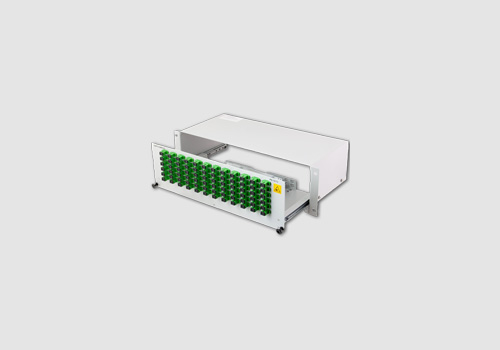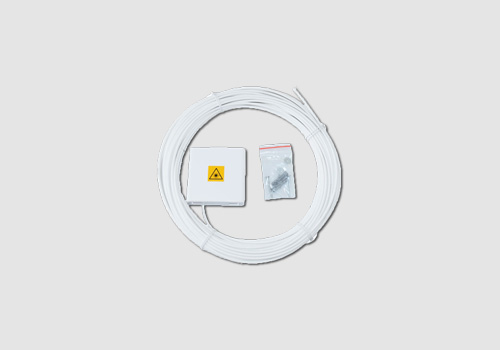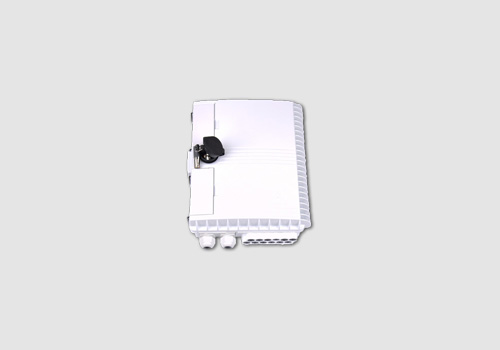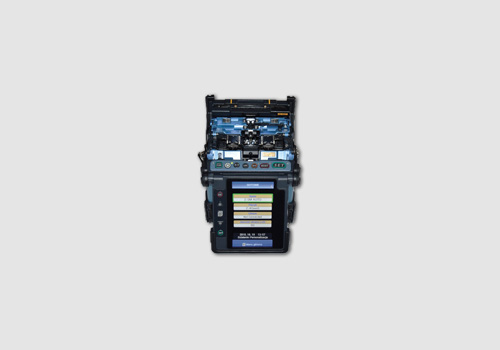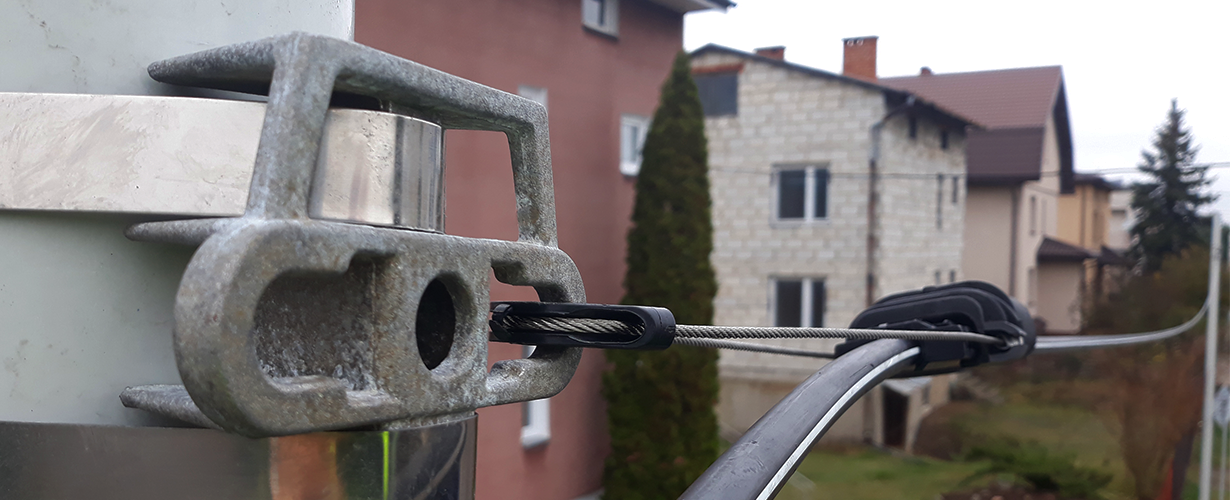
Winter can paralyze not only various aspects of everyday life but also individual segments of the economy, e.g. by impeding communication. Higher failure rates due to frost can also be a problem for the telecommunications industry. So what is worth paying attention to when selecting components so that fibre optic networks can survive the winter with temperatures dropping down to -40°?
The operating conditions for fibre optic connectors, passive elements, closures, outdoor cabinets, street cabinets, fibre optic poles, etc., are specified in the PN-EN 61753-1 operational standard.
There are defined categories of environments defining, inter alia, temperature ranges of their operation. Devices operating under certain conditions must be adapted to them. The type of materials used is important here. According to the PN-EN 61753-1 standard, the greatest exposure to low temperatures occurs in the following categories of environments:
- E – Extreme (-40°C to +85°C),
- OP+ – Outdoor protected + (-40°C to +75°C),
- I – Industrial (-40°C to +70°C),
- A – Outdoor aerial and G – Outdoor at ground level (-40°C to +65°C),
- S – Outdoor underground (-30°C to +60°C),
- OP – Outdoor protected (-25°C to +75°C).
According to this classification, every optical fibre network components offered by OPTOMER, intended for operation in environments where temperatures can drop significantly below 0°C, meet the requirements of the relevant environmental categories, and so: aerial closures, aerial cables and other elements mounted on poles are designed to work in a category A environment, street cabinets and fibre optic poles to work in a G category environment, optical closures installed in telecommunication chambers, microducts, cables for direct burial in the ground and installation in telecommunication duct systems for work in a category S environment. Fibre optic networks, according to the conditions in which they will be operated, guarantees trouble-free operation of the fibre optic network without the need for additional maintenance.
In the case of fibre optic connectors, adapters, splitters and other fibre optic passive elements designed for operation in temperatures from -40°C to + 85°C, additional protection against precipitation and dust is required for their failure-free operation in the external environment.
The content available in the Knowledge Center is created in cooperation with the R&D Department of OPTOMER. Our experts have been successfully training installers and representatives of public administration for years!


